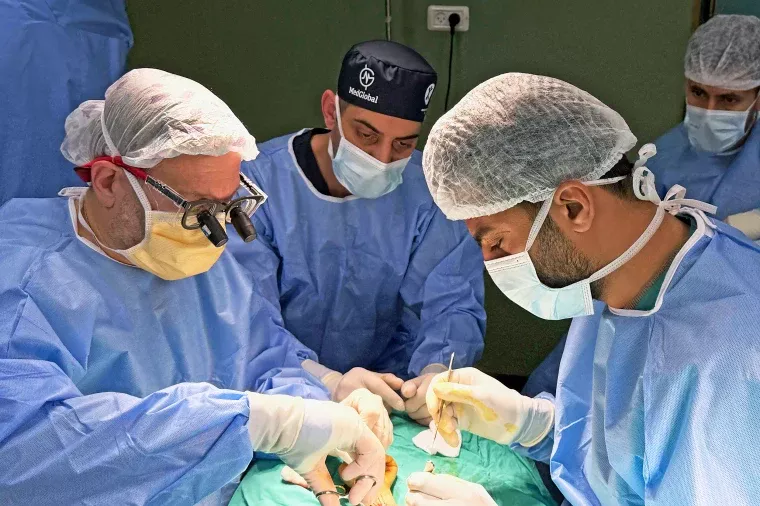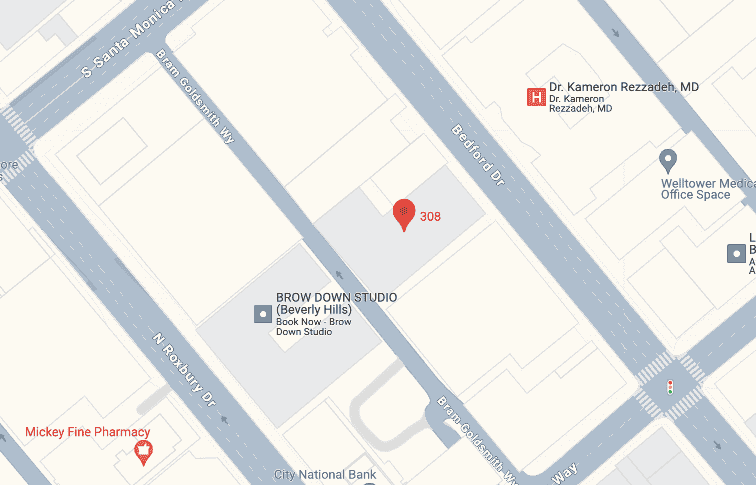A pilonidal cyst is a nuisance of a thing, often painful, and no matter what it is, it likes to manifest near or around a human being’s tailbone. Multiple patients would fare best with surgery to remove pilonidal cyst although they remain at risk of repeated inflammation, abscesses and infection. However, all surgeries carry risks. If you’re wondering what to expect after pilonidal cyst surgery, researching possible issues now may allow you to sort of take healing a bit into your own hands further down the line.
What are the complications of pilonidal cyst surgery?
Drainage of a pilonidal cyst. Wound healing complications are the main issues associated with pilonidal cyst drainage. Because it is a very rubbingly wet place when walking next to the nates, it takes a very long time to have the scar healed, and its healing speed is more delayed than the other surgeries. Wound dehiscence or non-healing can happen, as the ulcer may just remain flat open.
But there is one other widely held worry — infection. These types of wounds are difficult to clean and dress, and the area of operation is located near the gluteal cleft, providing a ready entry point for bacteria. Infection may lead to redness, increased exudate, or oedema, the person could need to be treated with antibiotics or alternative dressings. Use of surgical drains and prophyalctic antiseptic measures can increase the chance of such infection but it is still high.
Is it possible to get pilonidal cyst after removal? One of the challenges of removing a pilonidal cyst is that it can return. Moreover, in the event that the complete sinus tract is excised, cyst recurrence is possible. Even potentially recalcitrant plaque psoriasis can flare again later, months to years after the first treatment. Recurrence is determined by the type of surgical defect, the hygiene of the patient, and the postoperative care.
An off-midline flap is less likely to fail than a midline closure. If the entire structure is not excised or if hairs enter the gap in the process of healing, pseudocysts may develop. Shaving, or the use of laser hair removal, together with proper treatment of the wound, might be sufficient to avoid reappearance, but no one can be sure.” Even after it has healed completely, you should still monitor the piercing site and examine patients for signs of cholesteatoma.

Is there any danger from drugs used in anaesthesia while getting operated for pilonidal cysts?
On the operative day [eg, pilonidal excision] all operations will be performed under local or general anesthesia. While general anesthesia is generally very safe for most people, it is not without risk. It might be muscle or joint allergies, or it could be a respiratory issue, or nausea from the anesthesia. General anesthesia, for example, may result in some time being disoriented, a sore throat or a headache.
(Some may have a higher level of risk for complications because they are also afflicted by one of several diseases or conditions, like asthma, heart disease or diabetes.) Your surgeon and anesthesiologist will look back over your medical problems and discuss with you before you have an operation to avoid that you get any unsafe anesthetics. During the interview, you need to tell your surgeon and anesthesiologist what medicines you are currently taking and if you have any allergies.
How much chance is there of bleeding or drainage? What are the chances of bleeding or drainage?
Of course, the condition of pilonidal excision we are talking about has the potential for bleeding. But the usual situation is some blood, especially in the first day or two after surgery. But if it’s heavy or persistent, that could be a sign that the incision or a blood vessel at the site has some kind of issue, that, in the extreme, might even necessitate additional surgery. Alternatively, you may need a different type of medication, or your dose of blood-thinning medication may require adjustment.
Drains are also to be expected following surgery for a pilonidal cyst, especially if the surgical wound is not closed. Some clear or slightly bloody drainage is normal; however, if the drainage is discolored or foul-smelling, infection could be present. And in this circumstance, I often will put in a drain to avoid edema that could occur. After the wound is opened, patients are expected by the doctor for pilonidal cyst to change their dressings themselves to promote slow wound healing.
Can they damage the nerves in pilonidal surgery?
That is not to mean that it is common for nerves to get injured during surgeries. While the sensory nerves supplying the skin of the low back and buttocks are not all immediately adjacent to this operation, local inflammation, scarring, or (occasionally) cutting through inside-out to an area may include adjacent sensory nerves. You could develop numbness and tingling, or even pain, in that region. How does it work? I have a cold. You plug it in twice a year, half a low of pressure.
What kind of scar/cosmetic deformity in my primary surgical area are you leaving me with?
Scars are an integral part of the recovery process after undergoing surgery. How long you feel will vary, depending on the type of pilonidal cyst surgery performed. Midline closures leave an open scar in the base of the gluteal cleft that can be hypertrophic and/or prone to dehiscence. Flap procedures (Bascom or cleft lift), where the incision is made in a new location to take strain off the wound,can also minimize the visibility of scarring.
The cosmetic outcome is controversial to some patients. This issue need to be solved before operation, in those patients who is going to treat by cisplatin. Scars become lighter in time, however, you could potentially have a keloid or a hypertrophic scar that will necessitate further treatment such as a series of steroid injections or laser treatments, in order to achieve a good cosmetic result.
Are there any long term effects from pilondial cyst surgery as well as cancer surgery to remove it?
The area where the surgery was performed is still painful, or tender (especially if it has healed tightly) or if there has been cancer there. Sometimes the fresh scar tissue in our back can tug on this or help make us feel stiffer. Chronic inflammation or poor healing may result in chronic oozing or low-grade infection.
What Can Patients Do to Minimize the Risk of Post-Operative Complications?
Postoperative nursing should be emphasized for the prevention of complications following the excision of pilonidal cysts. The standard instructions they must get normally include not to overexert themselves, not to get the surgical site wet or dirty, or whatever wound care instructions they were told. While you are healing, for instance?
At the time of (or after) its excision, the fistula will most often also cause a second problem such as a dermato-fascial sinus, i.e., sinus with a functioning dermal cuff, which can be healed by re-excising the groove and allowing the wound to heal openly to it. Method: Shaving, depilatory creams, or laser depilation ( After discussion with the surgeon). Wearing comfortable clothes and maintaining the cleanliness of the area prevents further irritation and the healing of the skin from scraping.
What is the significance of the excision in the risk of neck metastasis?
Pilonidal surgery is not one-size-fits-all. There are also greater rates of complications or greater reoccurrence rates with some surgical techniques. Classical mutilating very wide excision with delayed wound closure and distant skin grafting is more mutilating and leads to infections. (But, in another way it facilitates the wound to cure from inside out after an operation – hence if re-infection has once broken through on some open ground where it had already been broken through before, one is scarcely likely to see it occur again in the same degree on the subsequent raw wound-points.
Midline closure techniques have fallen out of favor with the advent of newer, well-tolerated procedures (cleft lift or the Bascom procedure) that have fewer complications and lower recurrence rates. The use of these methods displaces the incision, away from the midline and in order that the sutures lie at sites where there will be tension. A board-certified pilonidal cyst doctor should be seen to discuss all aspects of this procedure.
Conclusion
There’s no way around it — a pilonidal cyst is a pain in the rear. So if you’re considering surgery to try to put an end to all this discomfort (or misery), you need to know exactly what the risks are.” Infection is possible, healing can be slow, disease may return, or you may get scars. But these are all nickel and dime things that can be handled by the local management of the place and good follow-up with your what doctor treats pilonidal cyst. Most patients sail through this and get on with living a new life with only a hiccup of recuperation, thanks to the advice of a top-notch surgeon who has a lot of experience with this and has the right protocol for post op restrictions. Googling is good, asking questions — these are all the right things to do. The more you can think about it and prepare for surgery, the more you will know and feel a little in control.








